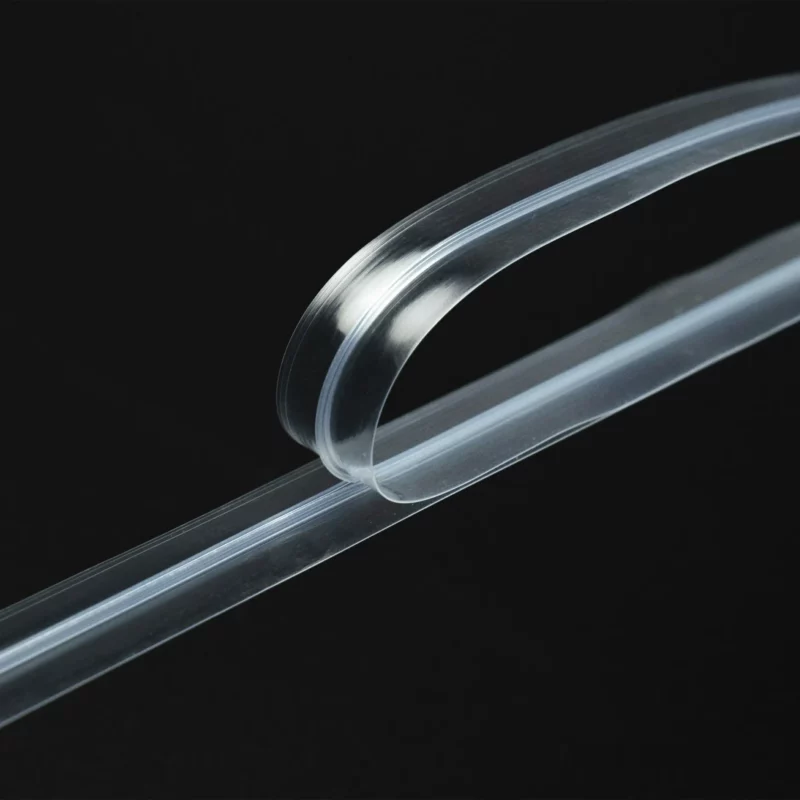The production process for customized or personalized plastic zippers involves adapting manufacturing techniques to meet specific design requirements. Customization in plastic zipper production typically involves variations in color, size, shape, branding, and other features based on the customer’s unique specifications.
Here’s an overview of how the production process is adapted for customized or personalized plastic zippers:
- Customer Requirements Analysis:
- The customization process begins with a thorough analysis of the customer’s requirements. This includes understanding the desired color, length, width, material specifications, zipper type (such as regular, invisible, or waterproof), and any additional features like logos or branding.
- Design and Prototyping:
- Based on customer requirements, the design team creates a prototype or sample of the customized plastic zipper. This allows the customer to review and approve the design before mass production begins. Adjustments can be made at this stage to ensure the final product meets expectations.
- Material Selection:
- Customization often involves choosing specific materials that align with the customer’s preferences. This could include selecting particular types of plastic or polymer materials, additives for color, or special coatings for desired characteristics like water resistance.
- Color Matching:
- Achieving the desired color for the plastic zipper is crucial in customization. Color matching processes ensure that the zipper aligns perfectly with the customer’s color specifications. This may involve using Pantone color codes or other color matching systems.
- Extrusion and Molding:
- The extrusion process is adapted to produce plastic zipper profiles with the desired specifications. This involves melting the plastic material and shaping it into the profile of the zipper teeth. Molding techniques are then used to form the zipper components, including sliders and stops.
- Zipper Assembly:
- The customized zipper components are assembled into the final zipper product. This includes attaching the slider, stops, and any additional features according to the design specifications. Automated machinery may be used for efficiency and precision.
- Printing and Branding:
- If customization involves printing or branding, this step is integrated into the production process. Printing machines apply logos, text, or other graphics directly onto the zipper tape. Various printing techniques, including inkjet printing or hot stamping, may be employed.
- Quality Control:
- Rigorous quality control measures are implemented throughout the production process. Customized plastic zippers undergo inspections at various stages to ensure that they meet the specified dimensions, color accuracy, functionality, and overall quality standards.
- Packaging and Labeling:
- Customized plastic zippers are packaged according to customer preferences. This may include specific packaging materials, plastic zipper labeling with product information, and any additional instructions or branding required by the customer.
- Custom Tooling and Equipment:
- Adaptations to the production process may involve creating custom tooling and equipment to accommodate unique designs or features. Custom molds, dies, or other tooling components may be developed to match the exact specifications of the customized plastic zipper.
- Flexible Manufacturing Systems:
- Flexible manufacturing systems are implemented to handle variations in production runs. This allows for efficient switching between different customized designs without significant downtime or reconfiguration of production lines.
- Scalability Considerations:
- The production process is designed with scalability in mind to accommodate varying order quantities. Whether producing small batches or large volumes, the manufacturing setup is adaptable to meet customer demand.
- Collaboration with Customers:
- Open communication and collaboration with customers are essential throughout the customization process. Regular updates, feedback loops, and approval stages ensure that the final product aligns with the customer’s vision and expectations.
By incorporating these adaptations into the production process, manufacturers can effectively create customized or personalized plastic zippers that meet the unique requirements of individual customers. This flexibility is essential in serving diverse industries, including apparel, luggage, bags, and various other applications where zippers are used.

